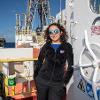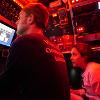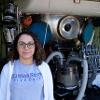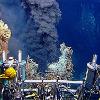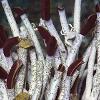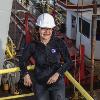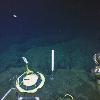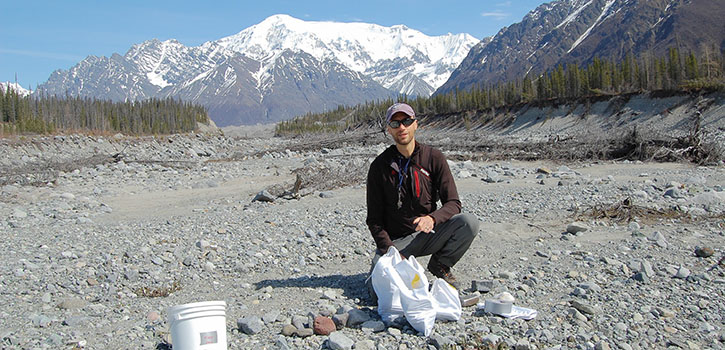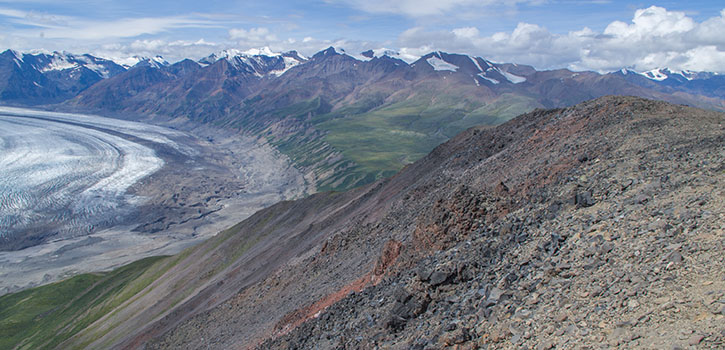Under the sea: Geologist explores the depths of the oceans
Aida Farough, a Kansas State University teaching assistant professor of geology, has been spending weeks at sea on research vessels while she studies the ocean floor, underwater volcanoes and hydrothermal vents. In this video, Farough discusses her work on the U.S. research drilling vessel called the JOIDES Resolution. Video courtesy of the JOIDES Resolution.
Kansas may be landlocked, but that has not stopped a Kansas State University geologist from going 1.5 miles underwater to explore the deepest parts of the Pacific Ocean.
Aida Farough, a teaching assistant professor of geology, has been spending weeks at sea while she studies the ocean floor, underwater volcanoes and hydrothermal vents at mid-ocean ridges. But Farough’s underwater explorations are doing more than helping scientists understand the minerals and microbial life on the ocean floor. Her research can provide key insights to the origin of life on Earth as well as the existence of life and hydrothermal vents on other planets.
“Just because we don’t have an ocean in our backyard in Kansas, we shouldn’t ignore the oceans and the opportunities of marine exploration,” Farough said. “We know less about the oceans than we know about some of the planets in our solar system. In fact, we have better maps of Mars than parts of the oceans within the U.S. territory.”
That’s why Farough is involved in several large international research projects that are aiming to learn more about the geologic processes on the ocean floor.
During one National Science Foundation-funded research cruise with the University-National Oceanographic Laboratory System, Farough dove to the bottom of the Pacific Ocean — a depth of 2,500 meters, or about 1.5 miles — in Human Occupied Vehicle Alvin. Farough also recently spent two months with International Ocean Discovery Program scientists on the U.S. research drilling vessel called the JOIDES Resolution to study the mineral resources near Brothers volcano, which is the most hydrothermally active volcano in the Kermadec Arc in the Pacific Ocean northeast of New Zealand.

